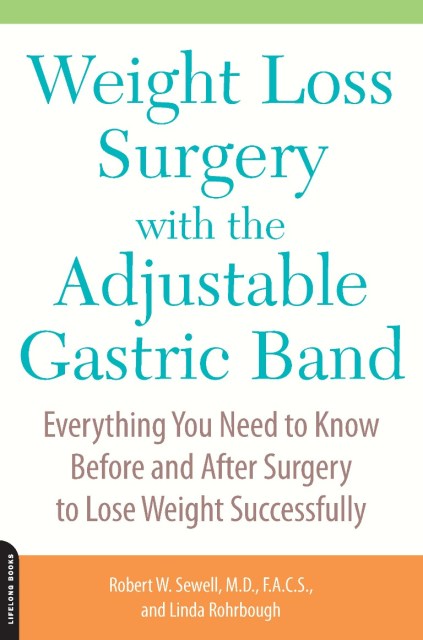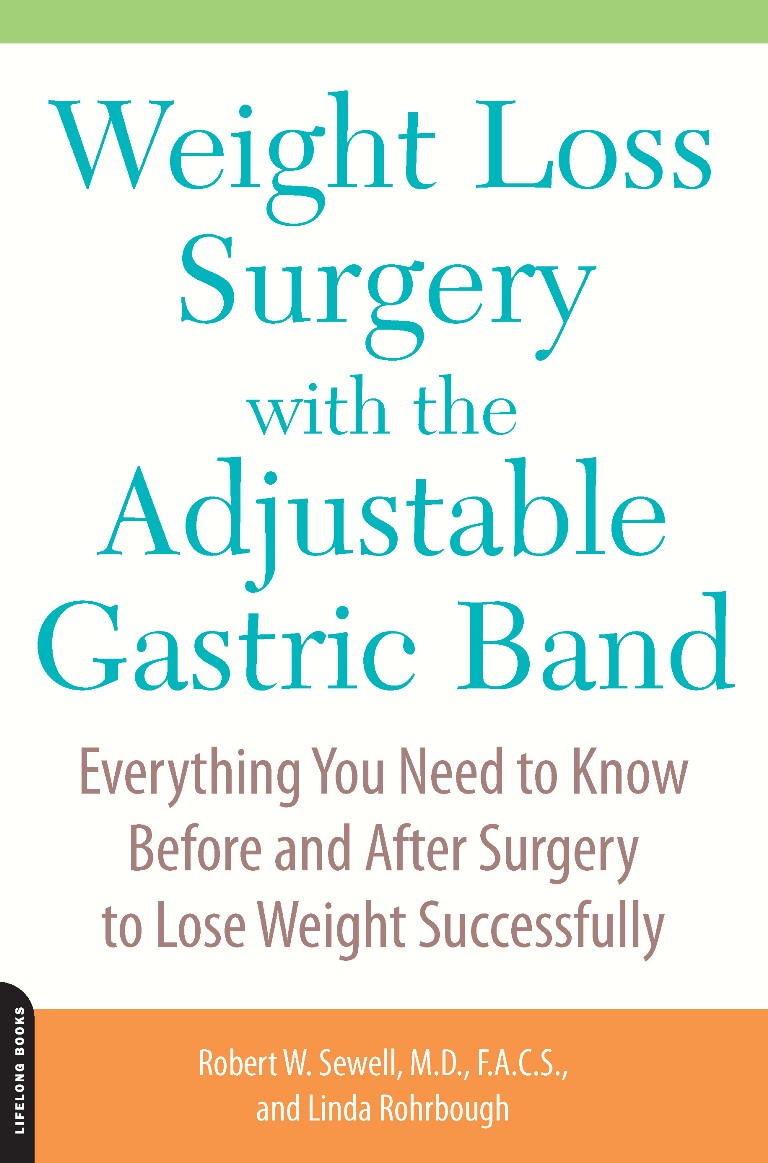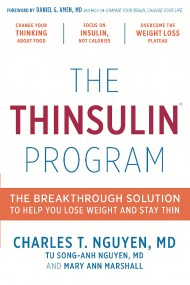Promotion
Use code MOM24 for 20% off site wide + free shipping over $45
Weight Loss Surgery with the Adjustable Gastric Band
Everything You Need to Know Before and After Surgery to Lose Weight Successfully
Contributors
By Linda Rohrbough
Formats and Prices
Price
$11.99Price
$15.99 CADFormat
Format:
ebook $11.99 $15.99 CADThis item is a preorder. Your payment method will be charged immediately, and the product is expected to ship on or around July 21, 2009. This date is subject to change due to shipping delays beyond our control.
Also available from:
If you are one of the 40 million Americans overweight to the point of recommended surgical intervention, the Adjustable Gastric Band (AGB or “the band”) may be the safest, most effective weight-loss method for you.Unlike conventional weight-loss surgery, which can lead to serious medical complications and nutritional deficiencies, the AGB is a minimally invasive procedure that leaves the digestive system completely intact. Weight Loss Surgery with the Adjustable Gastric Band provides a comprehensive weight management program, whether you're considering or preparing for the procedure or already living with the band. Expert laparoscopic surgeon Dr. Robert Sewell and “patient-expert” Linda Rohrbough evaluate all the promises, hype, and misinformation about this popular surgical solution-including preparation, the procedure itself, and the required post-op lifestyle changes. Drawing from interviews with dozens of AGB patients, you'll hear of the particular challenges with the band, success stories, and even the medical “miracles” (such as remission of type 2 diabetes)-alongside expert insight from nutrition, exercise, and psychology authorities. Weight Loss Surgery with the Adjustable Gastric Band is the essential guide to help you commit to a healthy regime and affect the lifestyle changes to lose weight and manage your hunger-for the rest of your life.
Genre:
- On Sale
- Jul 21, 2009
- Page Count
- 320 pages
- Publisher
- Da Capo Lifelong Books
- ISBN-13
- 9780786750399
Newsletter Signup
By clicking ‘Sign Up,’ I acknowledge that I have read and agree to Hachette Book Group’s Privacy Policy and Terms of Use







